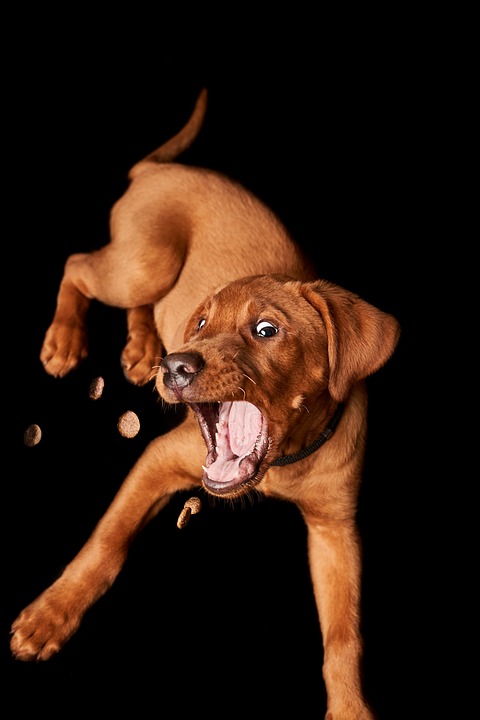Proper grooming is essential for maintaining the health and appearance of our beloved four-legged friends. However, different dog breeds have unique grooming requirements due to variations in their coat type, length, and texture. In this comprehensive guide, we will explore grooming tips tailored to specific dog breeds, ensuring you can keep your canine companion looking and feeling their best.
Short-Haired Breeds:
Short-haired breeds, such as Beagles, Boxers, and Dalmatians, have coats that require relatively low maintenance. However, regular grooming is still essential for their overall well-being.
1. Brushing: While these breeds do not need excessive brushing, a weekly brushing session with a rubber brush will help remove loose hair and distribute natural oils, keeping their coat shiny and healthy.
2. Bathing: Short-haired breeds generally require bathing once every two to three months. Use a mild dog shampoo to avoid drying out their skin. Always remember to thoroughly rinse to prevent residue build-up.
3. Nail Trimming: Regular nail trimming is crucial for short-haired breeds, as their nails tend to grow quickly. Trim their nails every few weeks, being cautious not to cut too close to the quick.
Long-Haired Breeds:
Long-haired breeds, such as the Shih Tzu, Afghan Hound, and Yorkshire Terrier, possess beautiful flowing coats that require extra attention and care.
1. Brushing: Long-haired breeds need daily brushing to prevent matting and tangling. Use a slicker brush or comb to remove tangles gently, starting from the ends and working your way up.
2. Bathing: These breeds generally require bathing every three to four weeks. Use a high-quality dog shampoo specifically formulated for long coats. After bathing, gently towel dry and use a blow dryer on a low, cool setting to prevent tangles.
3. Professional Grooming: Considering the intricacies of their coats, long-haired breeds often benefit from professional grooming every few months. Professional groomers can expertly trim and shape their coats, ensuring they look their best.
Curly-Coated Breeds:
Curly-coated breeds, such as Poodles, Bichon Frises, and Portuguese Water Dogs, boast unique coats that require specialized grooming to maintain their distinctive curls.
1. Brushing: Curly-coated breeds should be brushed every other day to prevent matting. Use a slicker brush or comb, working through small sections of hair at a time. Pay extra attention to areas prone to matting, such as behind the ears and under the tail.
2. Regular Trimming: To maintain the desired curly look, regular trimming is vital. Many owners opt for professional grooming every six to eight weeks to ensure their dog’s coat remains manageable and visually appealing.
3. Hygiene: Regularly check and clean your curly-coated dog’s ears to prevent ear infections. Additionally, pay attention to dental hygiene, as these breeds are prone to dental issues. Brush their teeth regularly and provide appropriate dental chews.
FAQs:
Q: How often should I groom my dog?
A: The frequency of grooming depends on your dog’s breed and coat type. Short-haired breeds generally require less frequent grooming compared to long-haired or curly-coated breeds. However, all dogs benefit from regular brushing and occasional bathing.
Q: Can I use human shampoo on my dog?
A: No, it is not recommended to use human shampoo on dogs. Human shampoos have different pH levels, and their ingredients may be too harsh for a dog’s sensitive skin. Always opt for a mild, dog-specific shampoo to maintain their skin and coat health.
Q: How do I prevent my dog’s nails from getting too long?
A: Regular nail trimming is essential to prevent overgrowth. If you hear clicking sounds as your dog walks, it’s a sign that their nails are too long. Use a dog-specific nail clipper or grinder and trim the nails every few weeks, ensuring not to cut too close to the quick.
Q: Should I bathe my dog more frequently during shedding seasons?
A: It can be helpful to increase bathing frequency during heavy shedding seasons. However, be cautious not to over-bathe, as it can strip the natural oils from their coat, leading to dryness and skin issues. Consult your veterinarian for specific recommendations based on your dog’s needs.
Conclusion:
Grooming is an essential aspect of dog care, and understanding the specific grooming requirements of different dog breeds is crucial. By following the tailored tips provided for short-haired, long-haired, and curly-coated breeds, you can ensure your furry friend’s coat remains healthy, beautiful, and free from tangles or matting. Remember, regular grooming not only enhances their appearance but also promotes overall well-being.









